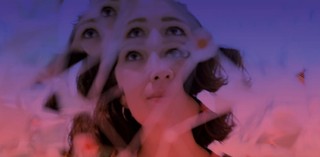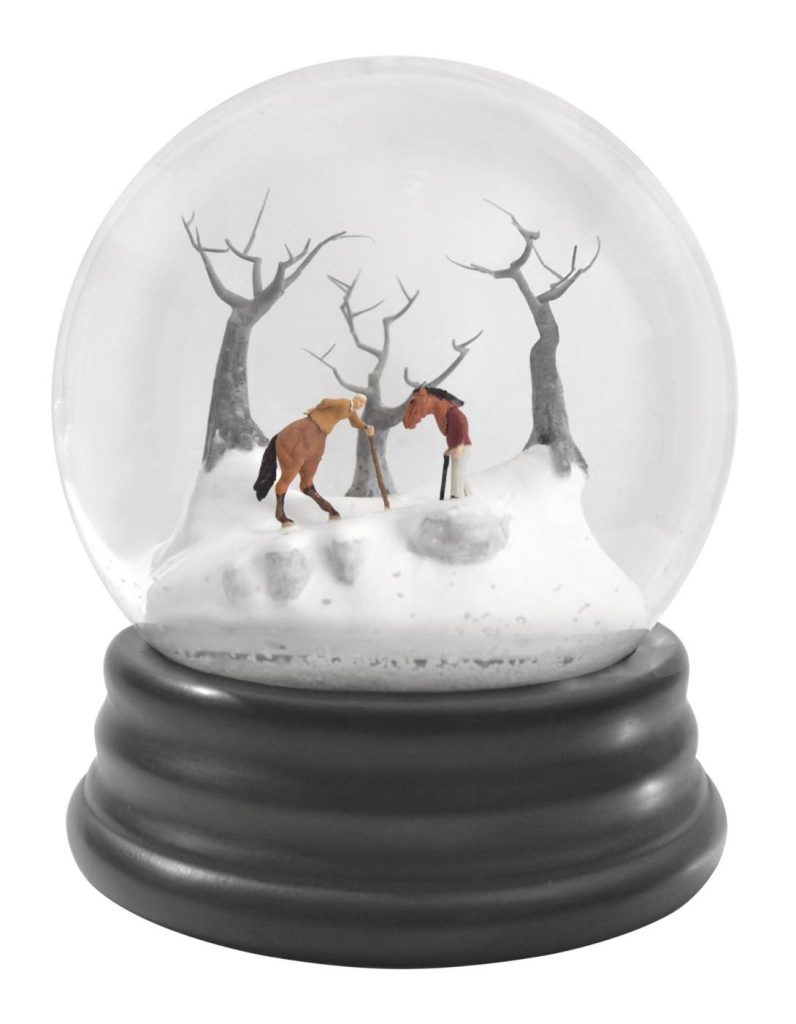
GOMA’s newest exhibition, Wonderstruck, is a presentation of artworks by major Australian and international artists as a journey through six themes of wonder. Officially opened with a vibrant two-day festival (June 28–29), the show is perfectly timed for school holidays. Curators Tamsin Cull and Laura Mudge describe it as a call to notice the awe woven into everyday life.
During my visit, I had been moving quickly with the media crowd, all trying to snap crowdless pictures of the most visually impressive works being exhibited. As I reached the end, I felt a little underwhelmed. I had expected fireworks: jaw-dropping art that would deliver immediate emotional transformation.
As I walked back through the exhibition, I realised where I had gone wrong. The demarcation of the six themes had been prescribing me a practice of wonder I had been ignoring. Wonder is not an observable, stylistic quality to art, and moving work-to-work looking for such had blinded me to the world between artworks that the curators had fostered. Each hall presents a misfit puzzle of artworks, both a guide and a challenge to find the thread that pulled these distinctive artists together. To experience wonder is to actively engage in curiosity, and this act is not obvious nor marked by impressive spectacles.
Here are three standouts that exemplified that idea:
We come, we eat, we sleep – N.S. Harsha

Housed within the opening ‘Extraordinary within the Ordinary’ hall, N.S. Harsha’s triptych, We come, we eat, we sleep, was one of the last pieces I came back to, playing wallflower behind the contemplative figure of Ron Mueck’s In bed. I was first drawn to examining the sleeping figures, noticing the opposing body language of mothers and fathers towards children. Harsha’s familiar loose grid structure eventually drew my eyes across the beautiful nine-metre-long ribbons of anthropology, each strand seeming to flutter as I took in the animated life of each person.
N.S. Harsha lives and works in Mysore, India, and his reference to conventions of the Indian miniature skilfully simplifies things to a point of abstraction. The figures themselves do not even seem aware of each other in liminal space, but their intimate acts repeated at such scale depict the universality of these vulnerable and human processes. Digging into this work gave me the acute sense of isolation of a good Murakami story, and yet the perpetual, rhythmic movement of the crowd and witty cartoonish characterisations provided me comfort. This juxtaposition of the intimate, ordinary, and monumental, extraordinary was hammered home by the hyperreality of Ron Mueck and Patricia Piccinni’s sculptural figures beside it. Walking around this hall and engaging with each work felt like zooming in and out between the omniscient perspectives of a higher power, a further trip when you add your perspective of the many figures milling about around you.
Travelers – Walter Martin & Paloma Muñoz

Three simple snow globes stood on pedestals beside a doorway in the ‘Imagination and Play’ hall. Traveler 225, Traveler 311 and Traveler 335 hail from Spanish-American duo Walter Martin and Paloma Muñoz’s Travelers series. To me, snow globes hold an untouched and unreachable inner world of memories or dreams, and in these specific inner worlds, Martin and Muñoz set delightfully strange scenes of adult figures meeting and moving disconnectedly through fascinatingly stark and colourless landscapes. I love how the classically kitschy vibe is undercut with a distinct impression of dread, reminiscent of pre-Disney fairy tale endings. Many pieces of art in this hall were emboldened by bright colour and scale, with focus on referencing the often-neglected gleeful wonder of childhood. For me, Travelers subverts the wholesome symbol of the snow globe and snowy forest to present a uniquely darker, more stagnant style of fantasy set behind the glass. The complex tone yet simplistic construction begs for further imagination, it wryly drew me in while coldly affirming that impenetrable border of reality.
In flight (Project: Another country) – Isabel & Alfredo Aquilizan

When I walked into the ‘Flight’ hall, I was definitely stunned. I know I just ragged on about mistaking visual impressiveness for wonder, but this was straight majestic. Isabel and Alfredo Aquilizan’s participatory installation In flight (Project: Another country) involves visitors drawing from a vast range of found materials to create small aeroplanes that contribute to the overall work. Bright aeroplane-like structures blow out across the atmosphere of the room in a graceful, migratory pattern, pieces taking off from the top of the central, growing pile.
The array was dazzling, and it was so much fun to make a weird, little thing out of discarded items to join a family of other weird, little things making their fateful journey to the skies. I especially loved the use of light to create a blend of silhouettes against the blue wall, bringing subtle imagery of a busy sky filled with real jets, planes and helicopters.
The work feels chaotic at its core, stacked planes indiscernible like an I Spy scene, but those planes that make it up and out are fascinatingly suspended in their isolated freedom above viewers. I loved this image of the familiar, messy joyfulness of migration and constructed community.
Running until October 6, Wonderstruck also includes a free film program (Spectacles of Wonder) featuring classics and hidden gems from around the world. This is a perfect opportunity to finally knock off some films from that decaying Letterboxd watchlist, and paired with a night viewing of the exhibition, you’ve got an ideal arts night out.
Written by Jasmin Wu
Views: 12
